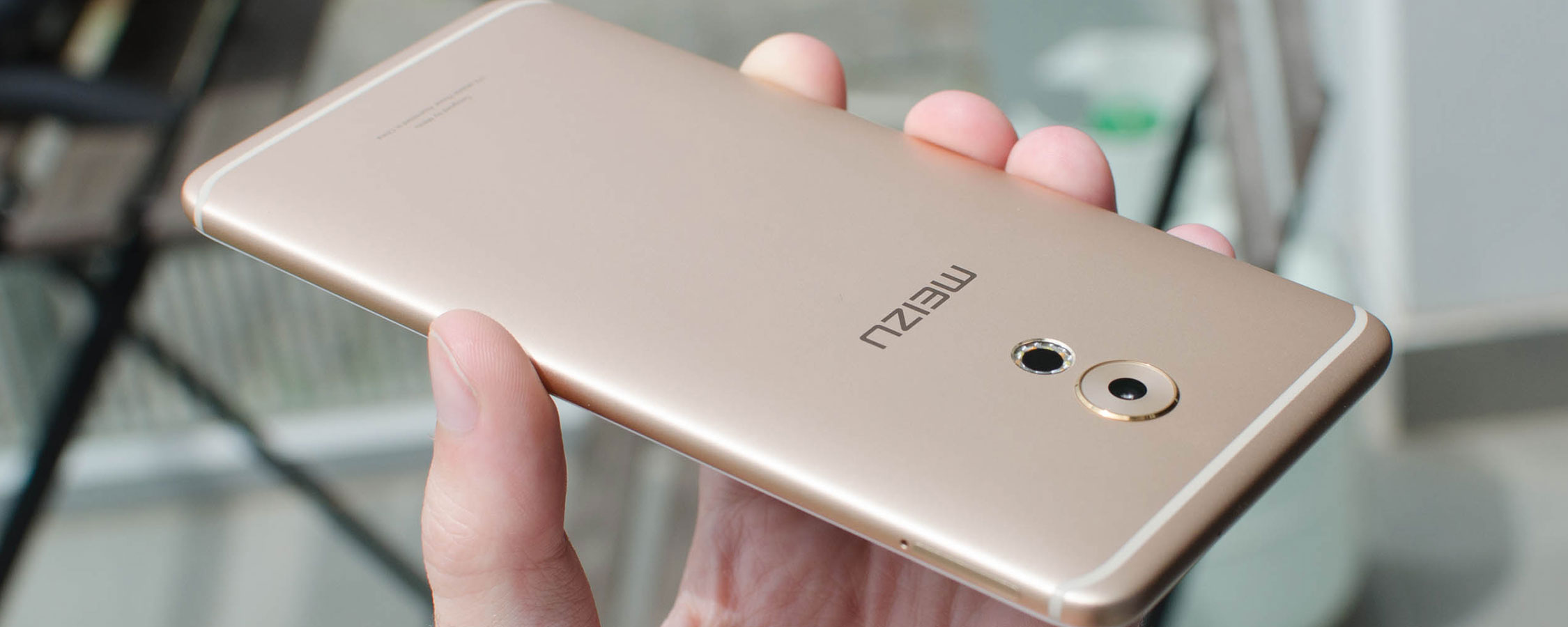Display
The Pro 6 Plus is equipped with a top-end display for a 2016 flagship device: a 5.7-inch AMOLED with a resolution of 2560 x 1440. With a pixel density of 518 PPI, this display is extremely crisp and delivers a fantastic viewing experience filled with details. Its specifications are essentially identical to the Galaxy Note 5's display, although it's unclear whether Meizu has used the same Samsung panel in their handset.
All of the benefits of an AMOLED display are on show here, including deep black levels and fantastic viewing angles. Meizu lists a contrast ratio of 10,000:1, although considering the Pro 6 Plus' display switches off its pixels to display blacks, the actual contrast ratio is closer to infinite. In my testing, I recorded a very small amount of light output from a fully black display, resulting in a contrast ratio over 200,000:1.
Brightness levels from AMOLEDs can be of some concern at times, however the Pro 6 Plus' AMOLED is one of the brighter panels I've seen. Meizu lists a typical brightness level of 430 nits, and in my testing I achieved 415 nits, which is pretty close. The Pro 6 Plus outperforms the Pixel XL here, and matches the OnePlus 3, although it falls behind Samsung's recent flagships with their brightness boost feature. Meizu does list a peak brightness of 600 nits on their product page as well, although I suspect they could be referring to peak brightness at a lower APL.


In general, the Pro 6 Plus is visible outdoors with strong overhead sunlight, although the white bezel on my review unit does reflect a lot more light than the screen itself can output, often giving the display a dark appearance.
As for color performance, Meizu states the Pro 6 Plus covers 103% of the NTSC color gamut; a statement which I'm going to ignore as NTSC is an irrelevant and outdated gamut. In my testing against the only gamut that Android supports, sRGB, this AMOLED achieved 143.9% coverage. In other words, the screen exceeds the sRGB gamut and oversaturates most colors to deliver vibrant imagery that 'pops'.



Considering this display covers 96.8% of the Adobe RGB spectrum, it's disappointing that Android doesn't support proper color management to make better use of this wide-gamut display. Without color management, everything looks oversaturated and slightly unnatural on the Pro 6 Plus, which goes against Meizu's statement of a screen that is "is exactly what you see with your eyes". Most people won't complain about the vibrancy of this panel, although it's not suited to creative professionals.
There is no setting I could find to enable an 'sRGB mode' for this display, however there is a color temperature slider that can adjust this display to a near-perfect tone. This improves greyscale performance, and slightly improves general color performance, but not to an extent that addresses the oversaturation.
Meizu has also included their own version of 3D Touch technology in the Pro 6 Plus' display, which they're calling 3D Press. Unsurprisingly this feature has essentially no support outside of a handful of Meizu's first party applications, and even these first party integrations are largely gimmicks. Like on the iPhone, it's a neat feature that's unnecessary for everyday phone usage.

